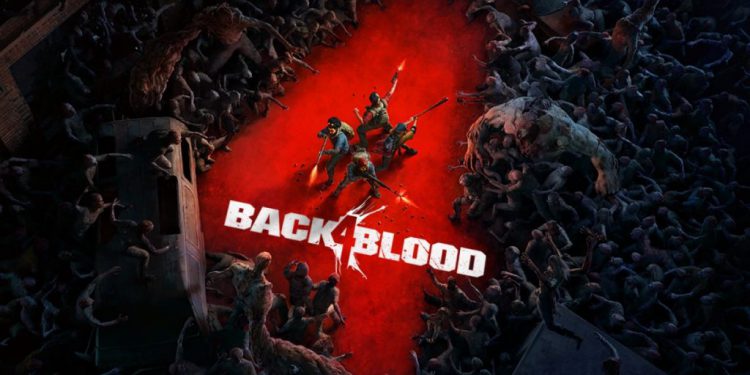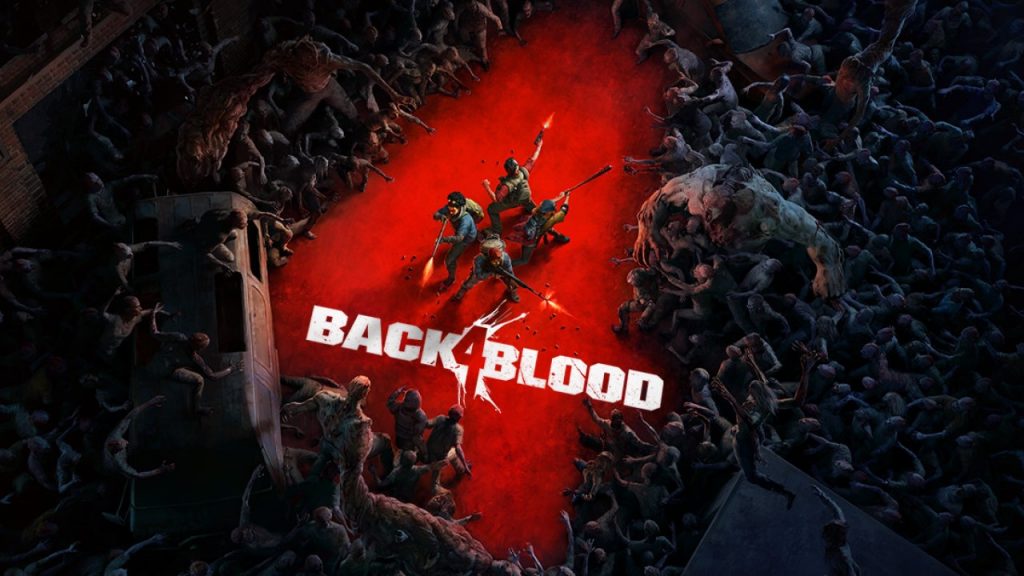
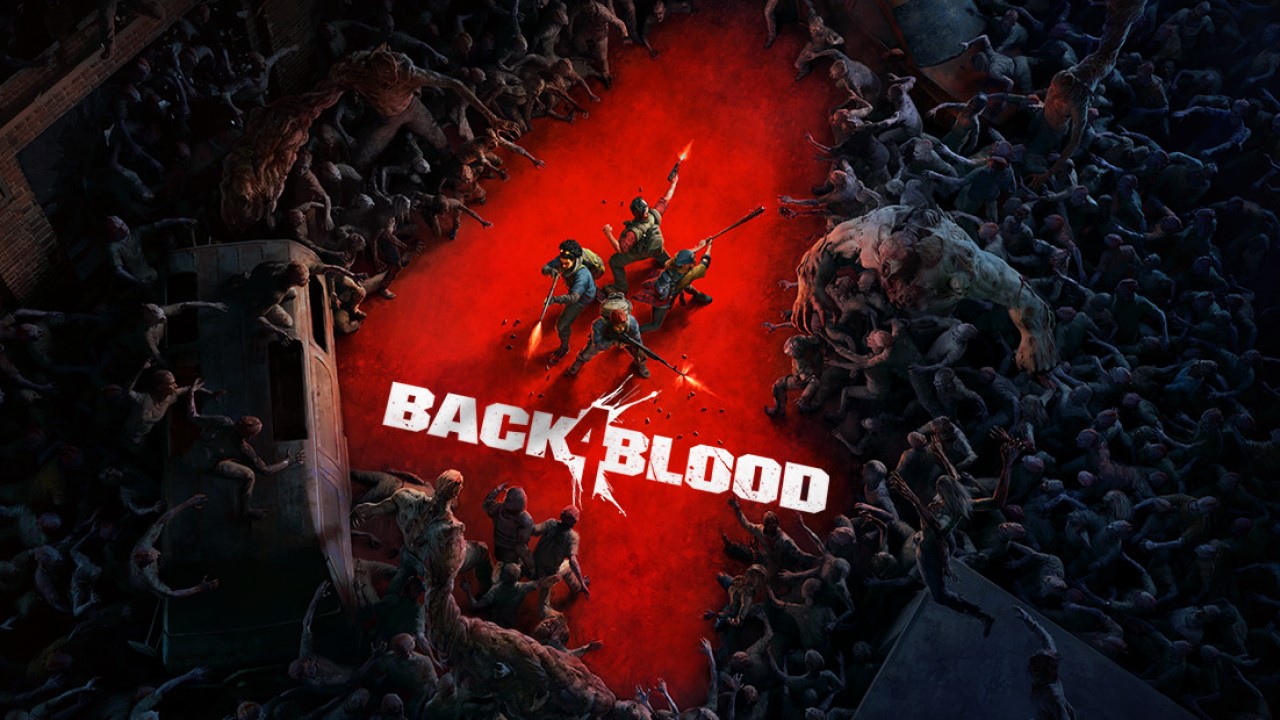
Back 4 Blood is an additional zombie horror survival game to go in what feels like a previously diluted pool of this genre. We’ve become mostly burnt out from that category from nearly two console generations ago at this time. We’ve had games like Dying Light, the Killing Floor series, and even the Dead Rising series for starters. Nothing really hit that can compare with the Left 4 Dead series, though. Fortunately, Back 4 Blood might reignite that spark of interest for zombie horde game fans.
Back 4 Blood is really a cooperative, zombie horde survival, first-person shooter created by Turtle Rock Studios. In the event that developer name rings a bell, then you should be well aware that those are the people who created the Left 4 Dead franchise. That franchise is perhaps probably the most legendary ones which have stood the exam of your time and extremely popularized the zombie horde survival genre.
Carrying that momentum forward and becoming their own independent entity outside of Valve, Turtle Rock mostly nails it with Back 4 Blood. This can apt to be the closest thing we’ll get to a Left 4 Dead 3. Consider it to be the spiritual successor of the popular zombie survival franchise.
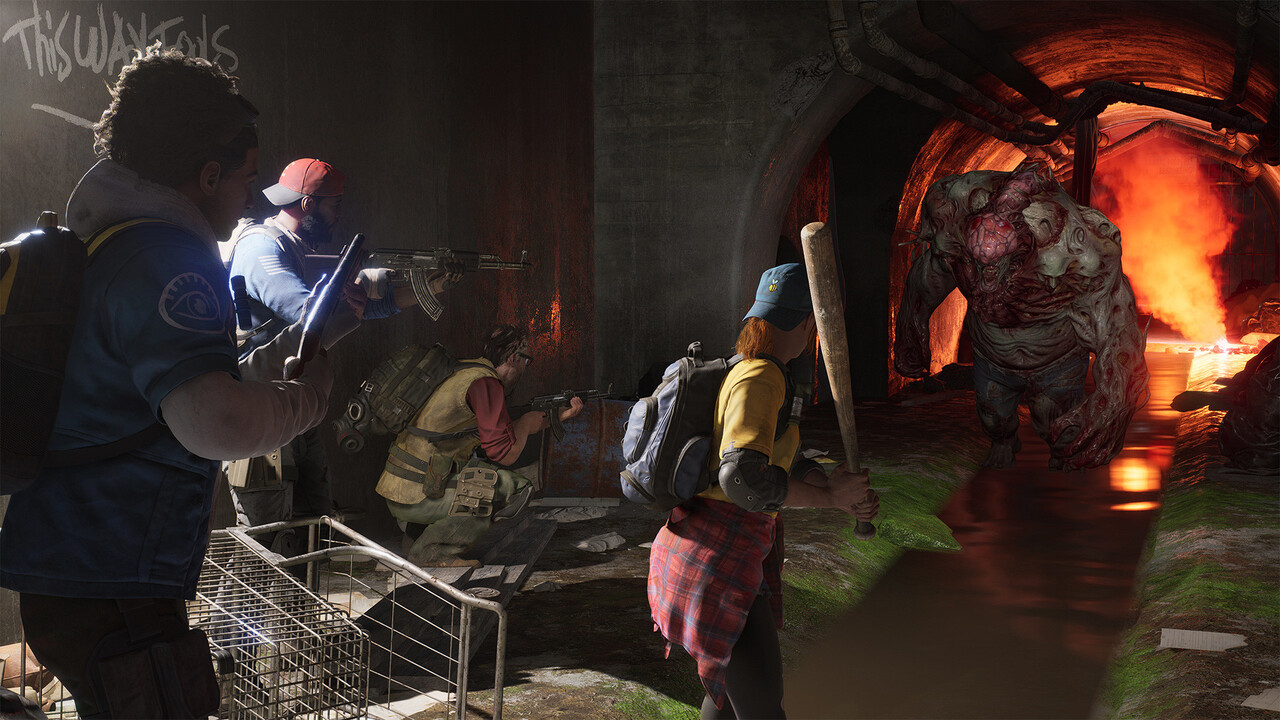
Back 4 Blood basically preserves every major aspect of the Left 4 Dead series. You can team up with three other players and undertake hordes of zombies. When they were called infected in L4D, the rear 4 Blood zombies are known as the “Ridden”. The story premises are simply the same, though instead of four characters, B4B presents eight base characters to select from.
Each character has their very own personalities and interactions with others around the playing field. They're actually referred to as “Cleaners”. This time around, every character is equipped with a loadout, abilities, and perks. The starting cast basically covers nearly all tropes in class-based shooters.
Another aspect that is almost taken one for just one is the structure of the game’s campaign mode. Like previous Left 4 Dead games, Back 4 Blood also makes use of dividing the campaign into multiple acts with chapters inside them. Each chapter will have a set quantity of missions which all typically end in going from safe house to safe house, of course with escaping a locale to be the means of an act’s completion.
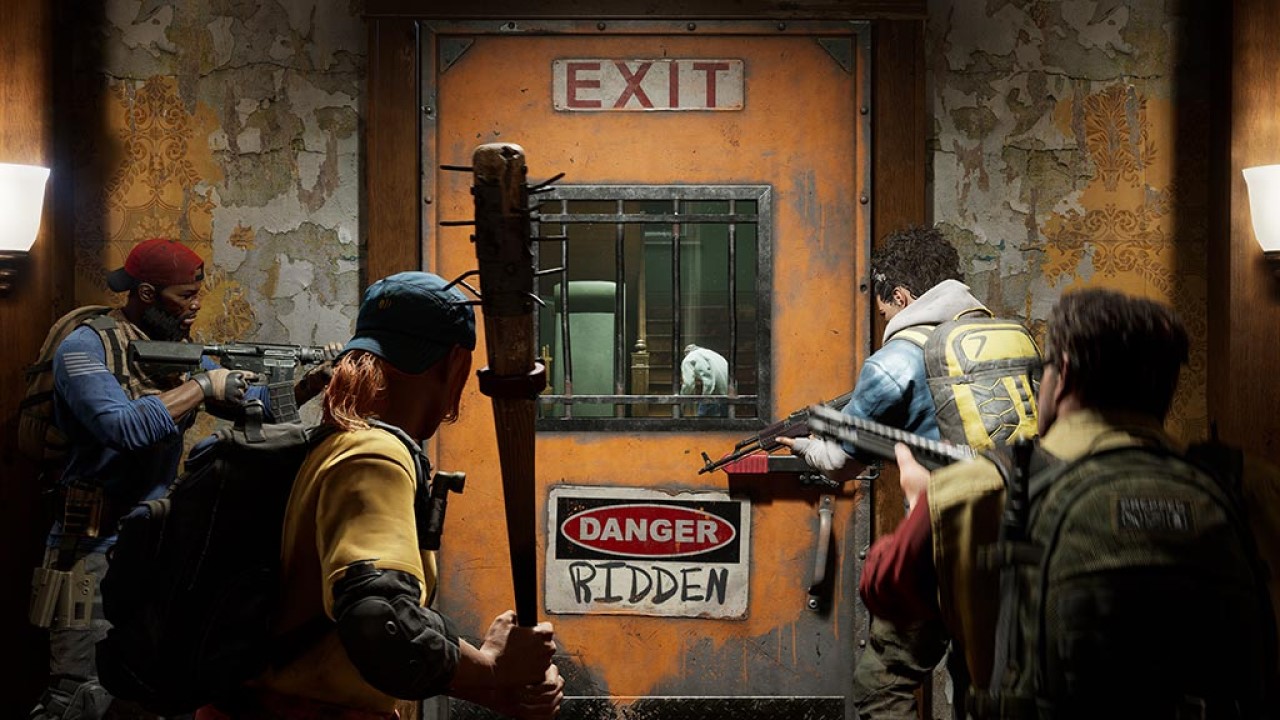
The game comes with a rather short campaign despite having it broken into Acts, therefore it may well be a deal breaker with a. However this is where one of its most improvements comes into play. Back 4 Blood contains elements from the roguelike genre for its campaign.
Every campaign instance created is called a “run”, similar to what you’d call them in other actual roguelike games. Runs are divided between the Acts. When you complete an Act from beginning to end, the run is completed. However, if players neglect to get to the end by running out of lives, running is over. You can't continue running and have to somewhat begin again.
The game doesn’t truly punish you want a typical roguelike game would. Back 4 Blood does save your valuable progress for an extent. Should you and your team lost at the midway point of an action, you can resume there if you please, but you won’t have the exact loadout that you had in a previous run.
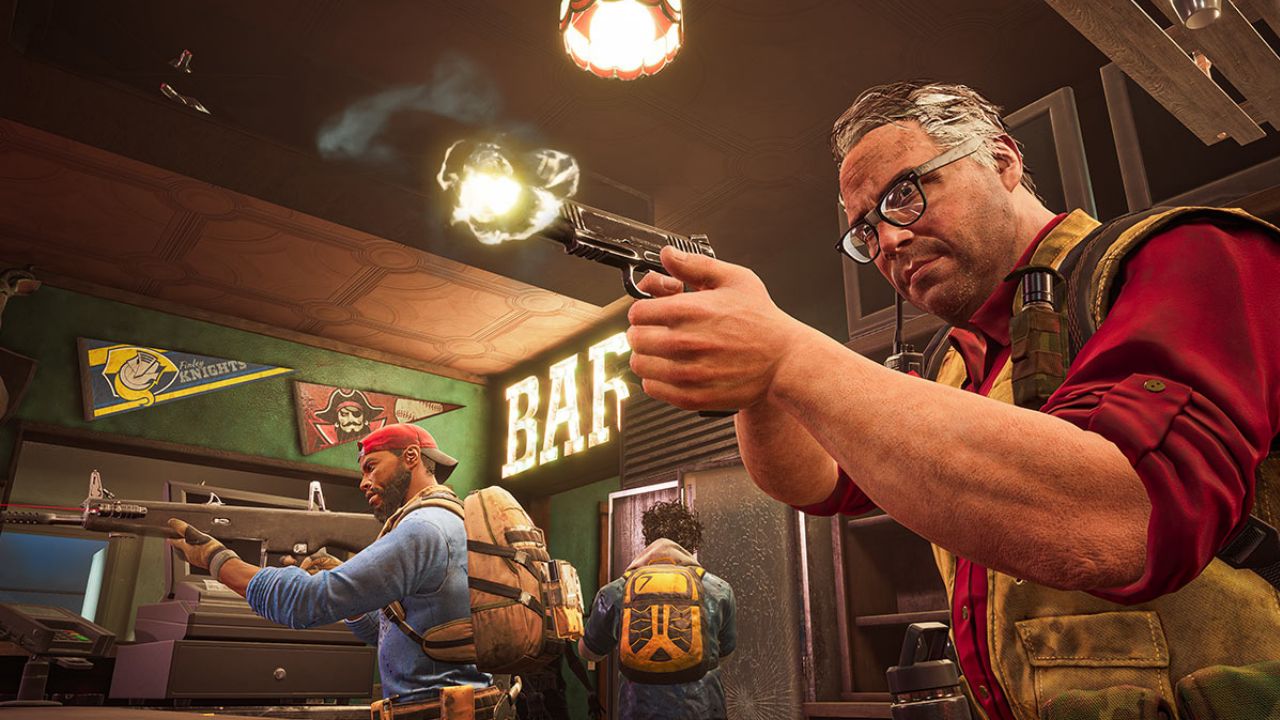
It’s actually quite the welcoming feature that Back 4 Blood doesn’t punish you to get a game title over as this game is actually quite tough. Farmville isn't any cake walk. For those who have someone on the team who oftentimes wanders off on their own or thinks they can battle the Ridden on their own, good luck keeping they intact. Farmville presents a lot of possibilities for stragglers and wanderers to obtain trapped, overwhelmed, and ultimately killed.
The name of the game is to a minimum of stick together at most times. Being designated is a death sentence. Strength does indeed come in numbers because the Cleaners or the Ridden.
Speaking of going solo, Back 4 Blood really punishes— or rather, doesn’t reward— players to experience this game locally. Maybe we don’t want to play with others due to the lack of communication and common sense to stay together in public places groups. Maybe we don’t possess the best web connection, but still want to have a good time playing games like these. Perhaps some people don’t have friends to play with.
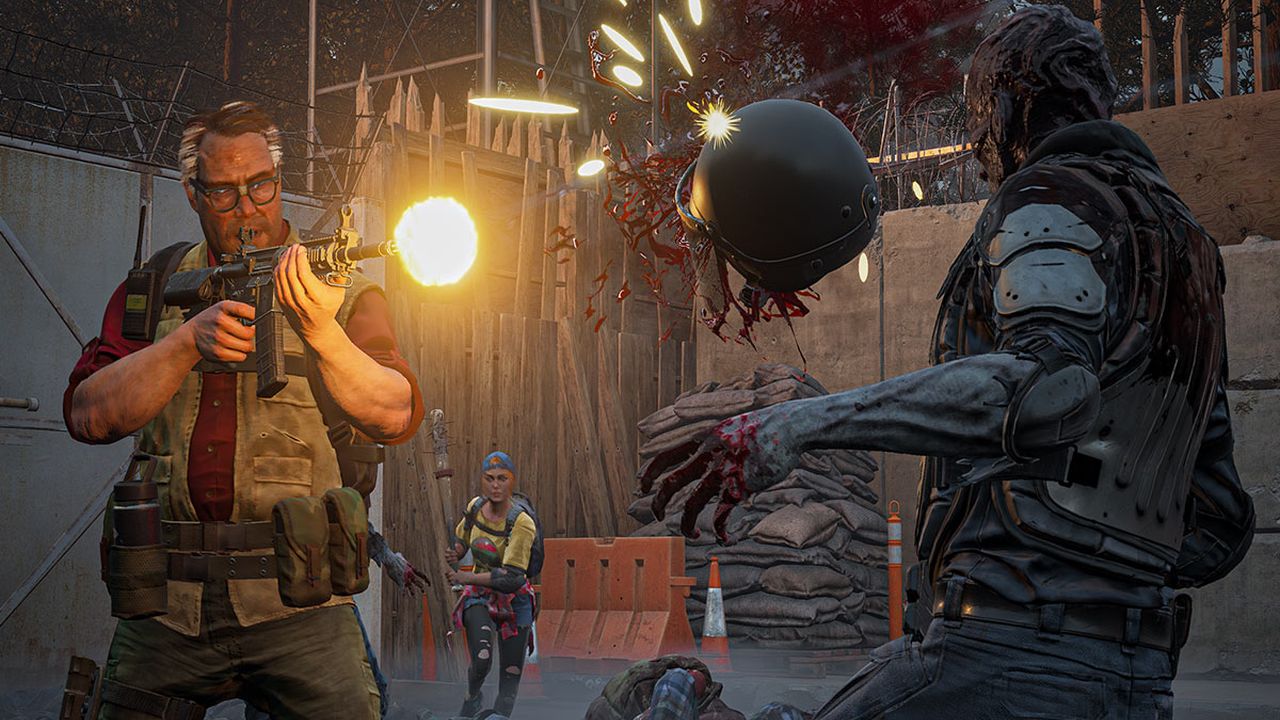
Playing this game through the Solo Campaign mode is absolutely useless. As of penning this review, you literally cannot make any progress or earn any Requisition Points, achievements, or Accomplishments. This can be one of the biggest downsides of Back 4 Blood. For any game that provides you with competent bots as fill-ins for co-op, this is a disappointing oversight.
It’s understandable since the Solo Campaign is really a easier atmosphere compared to the online part, but it is rather difficult to make significant progress in a run without replaying parts you already have. This also makes farming difficult since you can’t really control where you want to start off unless you want to create your personal matchmaking instance and hope people are searching in similar areas to become merged with you.
This ties in with another gripe from the game. It is usually online. You literally cannot play farmville at all if you are not attached to the internet. You will not be capable of getting beyond the title screen. Not only do you not get rewarded for enjoying solo, but this game will literally be rendered useless without a proper web connection. Obviously, this is to curb DRM bypassing and cheating, but players who wish to play alone shouldn’t be penalized. Meet us halfway, please, Turtle Rock.
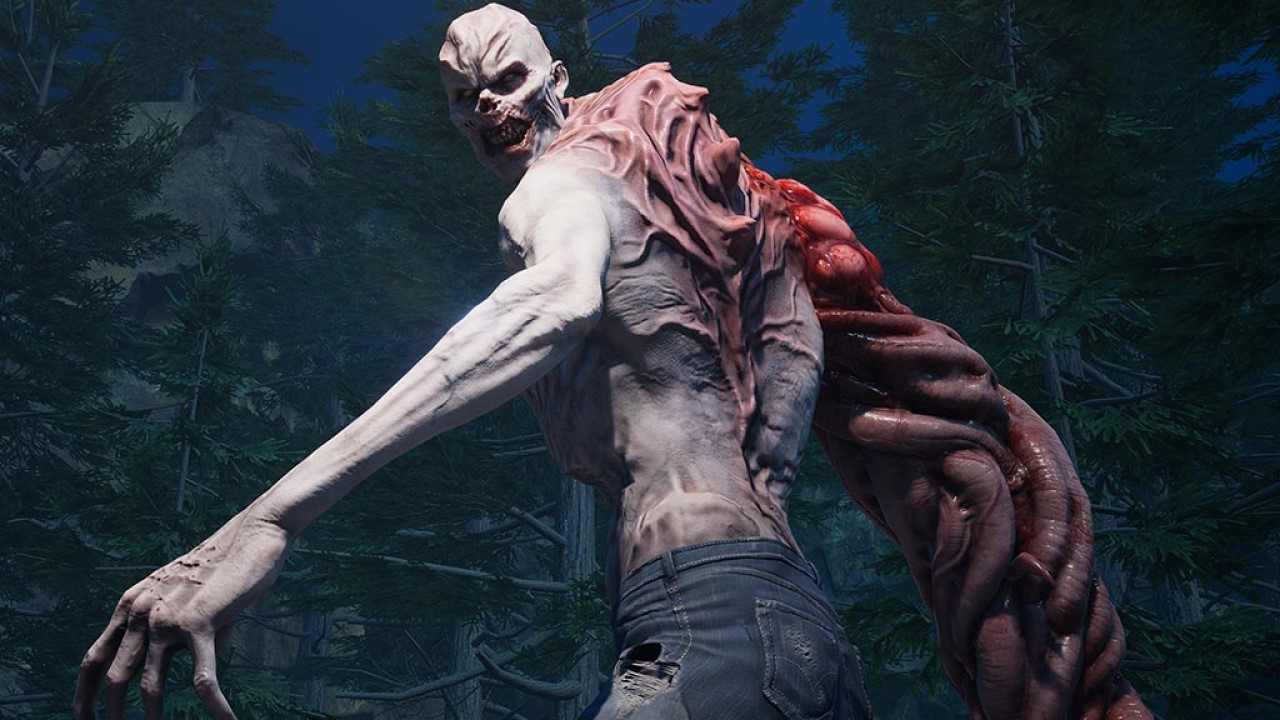
Online issues aside, Back 4 Blood introduces a rather intricate card system that covers such things as builds, difficulty, and procedurally generated instances within each run.
The card system, divided, adds “extreme replayability” based on Turtle Rock. Builds are made by assembling a maximum of 15 unique cards that add unique effects to your characters. For instance, you can equip cards that increase your base health, provide you with an extra slot for grenades or curatives, increase your gun reload speed, and so a lot more. Obviously, you’re likely to wish to fool around with the many cards you unlock to create builds catered towards certain playstyles as well as your Cleaners.
The nifty inclusion of cards goes past the builds. As said before, prepaid credit cards can also prevent players. Back 4 Blood introduces a “Corruption Card” system that contributes some kind of layer of difficulty along with its already difficult premise. Think of this card system similar to something similar to the Hell Mode Pact of Punishment system from Hades. These spice up the game’s difficulty and require you to be more conscious of how to overcome each area of the game.
Back 4 Blood isn’t fully a cooperative game. It has a serviceable PvP for the more competitive people. For individuals who may be itching for a campaign versus, it unfortunately isn’t present in this game. This PvP mode, called Swarm, is a 4 on 4 mode where both teams alternate between the Cleaners and the Ridden.
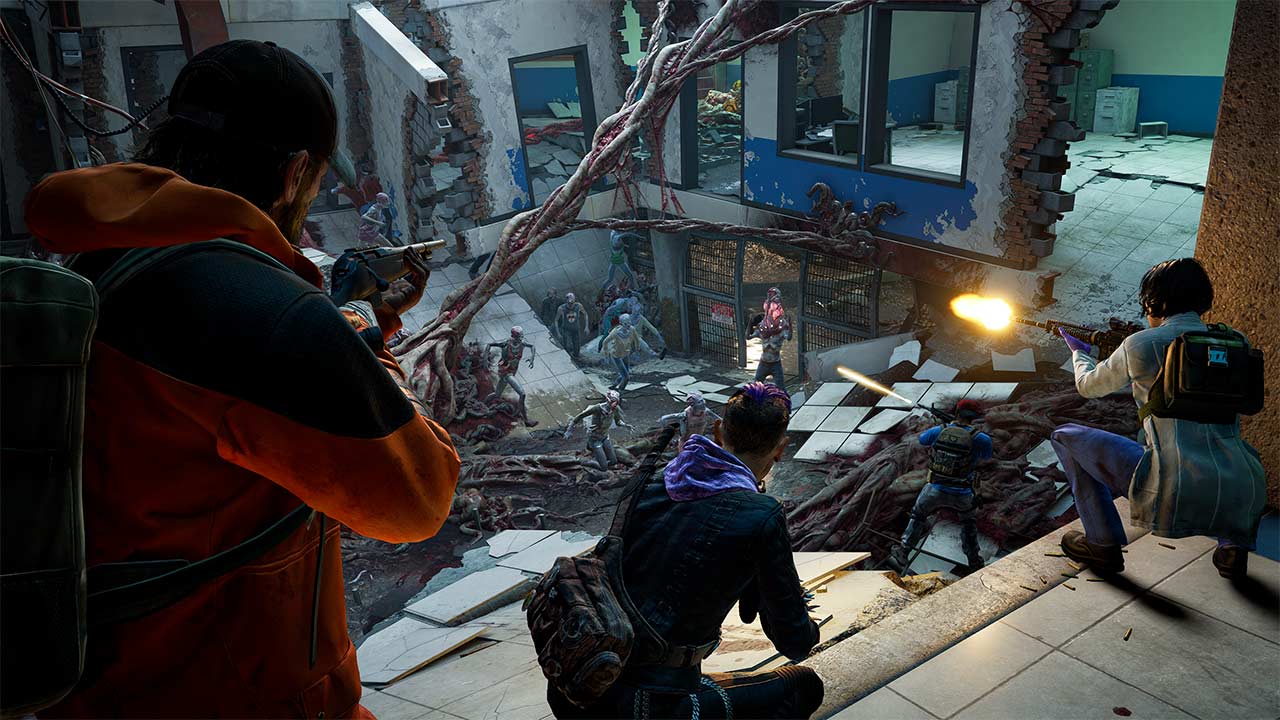
This mode is played in a best-of-three format where the Cleaners need to survive as long as they can against player-controlled Ridden foes. The players around the Ridden side have to kill off the enemy Cleaner team as fast as possible. Once the team is wiped, they're given a time period of just how long they fared before falling. The teams then change sides.
Players around the Ridden will play because the Cleaners and vice versa. They have to survive more than the set time in the other team who're now playing because the Ridden. The team that has the longest survival time scores a point. The map also changes per round, making strategies change.
The only disadvantage to this mode is the fact that the credit card system is active. If you’re a person barely getting started, you might want to avoid this mode until you have an understanding of the game’s mechanics and many from the Cleaners familiarized. It is obvious this mode will be getting some balance changes if there ever is some type of dominating meta revolving around the cards and player synergies. As it stands at this time, the mode plays fine and isn’t too broken, but it’s too soon to inform.
Finally, the icing on the cake from Turtle Rock Studios was the inclusion of day one crossplay functionality. That’s right, the game supports full crossplay across all platforms. This is huge because many big releases might have their overall reception impacted from the insufficient crossplay especially if there’s a massive online component to them. Kudos to the team to make this possible.
The Verdict
It’s safe to say that we’re most likely not likely to be obtaining a Left 4 Dead 3 in our lifetimes, but Back 4 Blood is going to be as close as we’ll get in now. The sport preserves mostly everything that made the 2 Left 4 Dead games so great while integrating it in to the modern gaming sphere. Despite some really questionable components of the game like preventing progression behind solo offline play and the always online aspect, Back 4 Blood will really help revitalize the zombie horde survival genre.
If you intend on playing farmville on your own, you may want to rethink it until issues about solo play are addressed. However, if you plan on playing this in a group setting, you’ll definitely have an adrenaline-fueled blast mowing down hordes of the Ridden.


